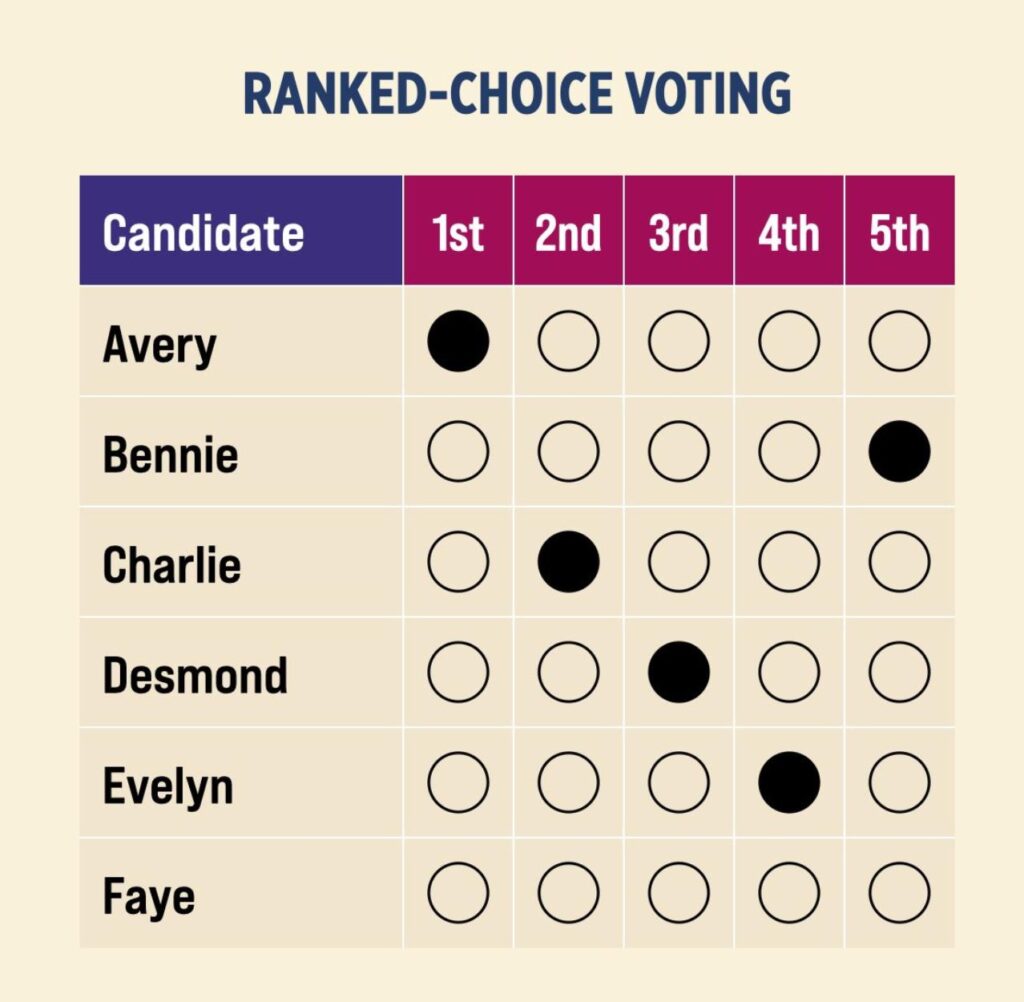Mastering Ranked-Choice Voting: What NYC Voters Need to Know for the June 24 Primary
What Is Ranked-Choice Voting and How It Shapes NYC Elections
Ranked-choice voting (RCV) has fundamentally changed the way New Yorkers participate in elections by allowing voters to rank up to five candidates in order of preference rather than selecting just one. This method empowers voters to express nuanced preferences, helping to amplify minority voices and minimize the impact of “wasted” votes. If no candidate receives an outright majority of first-choice votes, the candidate with the fewest votes is eliminated, and their ballots are redistributed to the next preferred candidate listed. This elimination and redistribution cycle continues until a candidate surpasses 50%, ensuring the winner has broad-based support.
Since its implementation in NYC, RCV has influenced elections by:
- Encouraging Broader Appeal: Candidates must reach beyond their core supporters to gain second and third-choice votes.
- Promoting Civil Campaigning: Candidates tend to avoid negative attacks to attract lower-rank votes from opponents’ backers.
- Increasing Voter Confidence: Voters feel freer to support their genuine favorites without fearing their vote will be wasted.
Step-by-Step Breakdown: How Votes Are Tallied and Winners Are Chosen
When casting a ranked-choice ballot, voters assign a “1” to their top candidate, “2” to their next choice, and so forth. After polls close, election officials first count all the first-choice votes. If a candidate earns more than half of these votes, they win immediately. If not, the candidate with the fewest first-choice votes is removed from contention, and those ballots are reallocated to the next preferred candidate indicated on each.
This elimination and redistribution process repeats through multiple rounds until a candidate achieves a majority. For example:
| Round | Leading Candidate’s Vote Share | Candidate Eliminated | Vote Redistribution |
|---|---|---|---|
| 1 | 42% | Candidate E (lowest) | Votes transferred to next preferences |
| 2 | 53% | Candidate C | Votes split between Candidates A and B |
| 3 | 58% | — | Winner declared |
Common Pitfalls in Ranked-Choice Voting and How to Avoid Them
Despite its benefits, ranked-choice voting can confuse some voters, leading to errors that may invalidate their ballots. A frequent mistake is ranking only one candidate, which limits the influence of your vote if that candidate is eliminated early. Another error is ranking the same candidate multiple times, which will spoil the ballot. Each rank must represent a distinct candidate to ensure your preferences are counted correctly.
To help voters navigate the ballot confidently, consider these tips:
- Follow instructions carefully: Pay attention to how many candidates you can rank in each race.
- Avoid skipping ranks: Fill in your rankings sequentially without leaving gaps.
- Make clear marks: Use the recommended writing tool and ensure your selections are dark and fully inside the circles.
- Double-check your ballot: Review your rankings before submitting to confirm they reflect your true preferences.
| Error Type | Effect on Ballot | How to Correct |
|---|---|---|
| Repeating the same candidate in multiple ranks | Ballot disqualified | Rank different candidates for each preference |
| Skipping ranks (e.g., ranking 1 and 3 but not 2) | Lower preferences ignored | Rank candidates consecutively |
| Unclear or faint markings | Machine unable to read vote | Make bold, complete marks within circles |
Maximizing Your Impact: Strategies for Ranked-Choice Voting in the June 24 Primary
To fully leverage ranked-choice voting, it’s important to thoughtfully rank multiple candidates rather than “bullet voting” (selecting only one). While bullet voting might seem like a way to boost your favorite’s chances, it can reduce your overall influence if that candidate is eliminated early. Instead, research several candidates and rank all those you find acceptable or promising. This approach increases the likelihood that your vote will count in later rounds.
- Rank as many candidates as allowed: This ensures your vote remains active through multiple counting rounds.
- Educate yourself on candidates’ platforms and endorsements: Informed rankings lead to better representation.
- Check ballot instructions: Different races may have varying limits on how many candidates you can rank.
Final Thoughts: Empowering NYC Voters Through Ranked-Choice Voting
As New Yorkers prepare to vote in the June 24 primary, understanding the ranked-choice voting system is crucial. This innovative method ensures that elected officials have majority support, fostering a more inclusive and representative democracy. By familiarizing themselves with the process and avoiding common mistakes, voters can confidently participate and help shape the future of New York City’s leadership.













